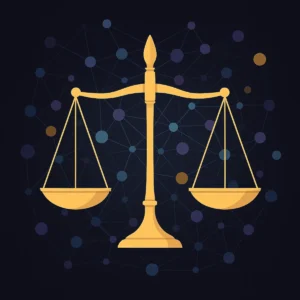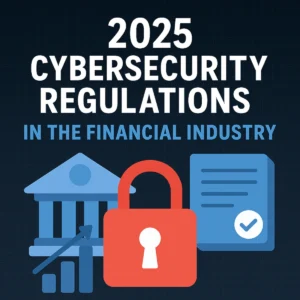As organizations rush to automate their data governance workflows, one...
Read More
As organizations rush to automate their data governance workflows, one truth remains: automation alone can’t guarantee accountability. Despite rapid advances in AI and data management technologies, human oversight remains essential to ensure transparency, ethical use, and regulatory compliance.
True governance is not about replacing people, it’s about empowering them to manage automation responsibly.
Why Automation Needs Human Supervision
Automated data governance tools can classify, tag, and secure massive datasets in real time. They can detect anomalies, enforce access policies, and even generate audit trails automatically. However, these systems only act as well as they are designed and trained.
The risks of over automation
- Bias and blind spots: AI models can misinterpret data or reflect biases from their training sets.
- Context loss: Automation can miss the nuance of business logic or ethical considerations.
- Compliance gaps: Regulations like GDPR, HIPAA, and CCPA often require explicit human validation of critical decisions.
Human experts provide the judgment, contextual awareness, and ethical reasoning that machines lack. They ensure data driven systems remain aligned with company values, stakeholder interests, and evolving legal frameworks.
The Role of Human Oversight in Data Governance
Effective data governance is a shared responsibility between automation and people. Each plays a distinct but complementary role:
| Function | Automation Handles | Human Oversight Ensures |
|---|---|---|
| Data discovery & classification | Rapid scanning, tagging, and categorization of data assets | Correct context, relevance, and purpose of data usage |
| Policy enforcement | Continuous compliance with access and retention policies | Policies reflect business priorities and ethics |
| Incident response | Automated alerts and risk scoring | Informed response strategies and accountability |
| Audit reporting | Continuous monitoring and documentation | Verification of accuracy and alignment with regulations |
Automation speeds up execution, while human insight ensures governance decisions are responsible and explainable.
Building Human Centric Automated Governance
To balance scale and stewardship, enterprises should adopt a human in the loop (HITL) governance model. This framework places humans as reviewers, validators, and ethical arbiters across the automation lifecycle.
Key steps include:
- Define governance boundaries: Identify where automation is safe and where human approval is mandatory.
- Implement explainable AI (XAI): Use transparent algorithms that let humans interpret and audit decisions.
- Create cross functional data councils: Involve compliance, security, and domain experts in continuous oversight.
- Monitor and retrain: Regularly update automation rules and AI models to reflect changes in business and regulatory environments.
- Document accountability: Maintain logs that show when and why human input influenced automated decisions.
This ensures automation operates under the supervision of qualified stakeholders closing the gap between speed and responsibility.
The Future of Governance: People + Machines
The next generation of data governance won’t be purely automated, it will be augmented.
As automation expands, organizations must build governance systems that preserve human ethics, reasoning, and contextual awareness. The future belongs to those who use AI not to replace decision makers, but to amplify their reach and insight.
Automation can handle the volume.
Humans must handle the values.
Call to Action
Looking to strengthen your organization’s data governance strategy with the perfect balance of automation and human oversight?
Subscribe to EagleEyeT for actionable insights, frameworks, and emerging trends on AI, governance, and cybersecurity. Stay informed, stay compliant, and stay ahead of tomorrow’s data challenges.
Understanding AI Bias: Where It Comes From and How to Reduce It
AI systems are shaping hiring decisions, credit limits, medical triage,...
Read MoreHidden in Plain Sight: Understanding Steganography in Modern Cybersecurity
In the world of cybersecurity, not every attack hides behind...
Read More15 Essential Cybersecurity Regulations Every Financial Services Firm Must Know in 2025
Cyber threats targeting the financial sector are more sophisticated than...
Read More



Leave a Reply